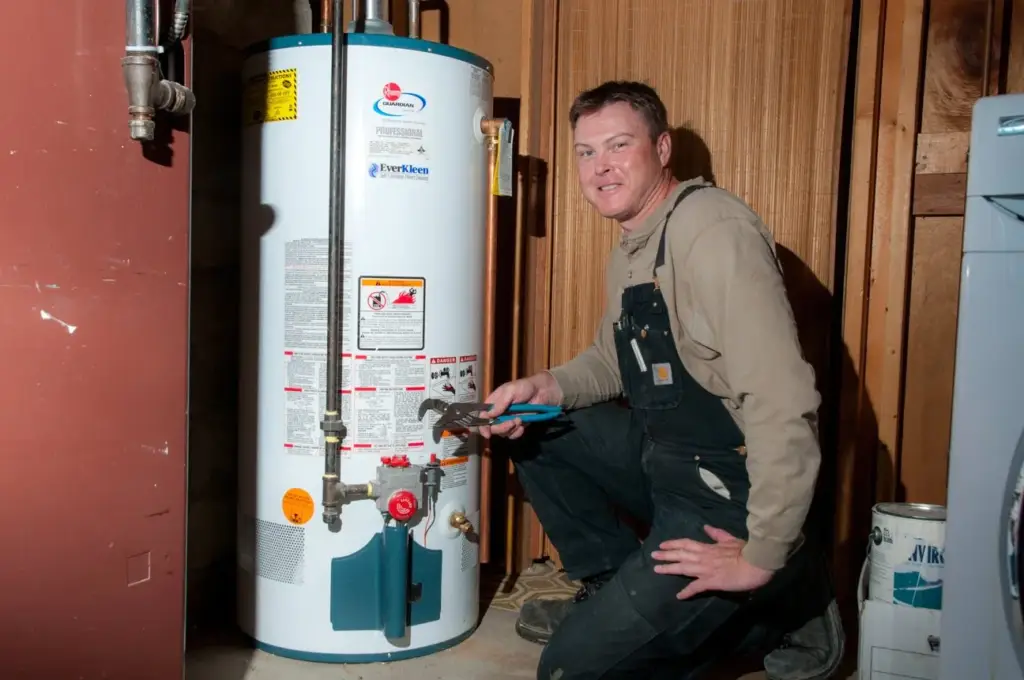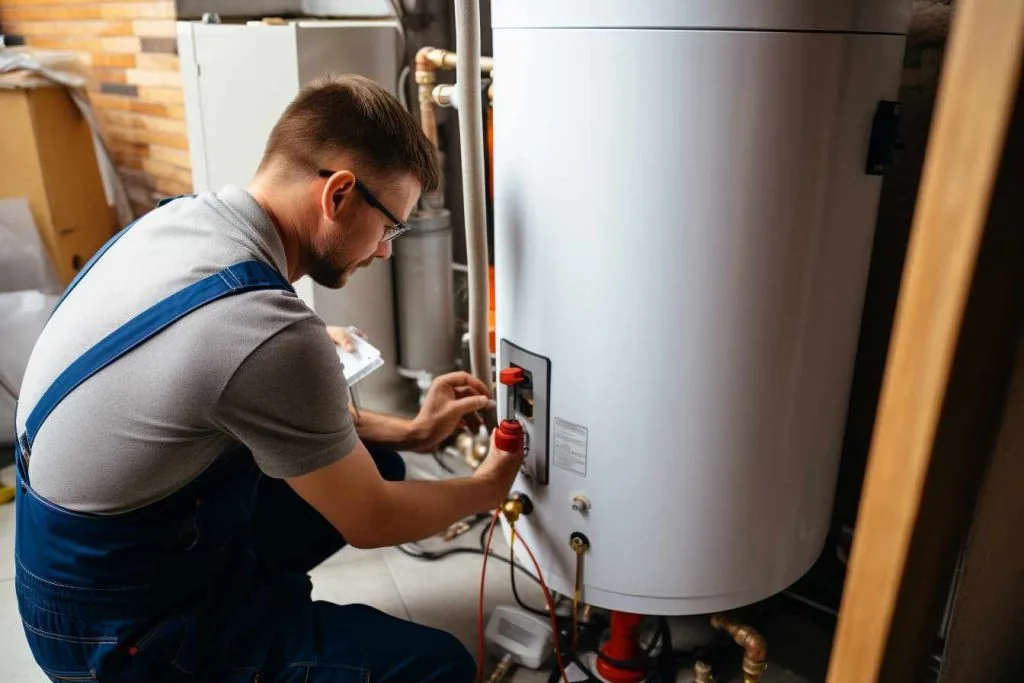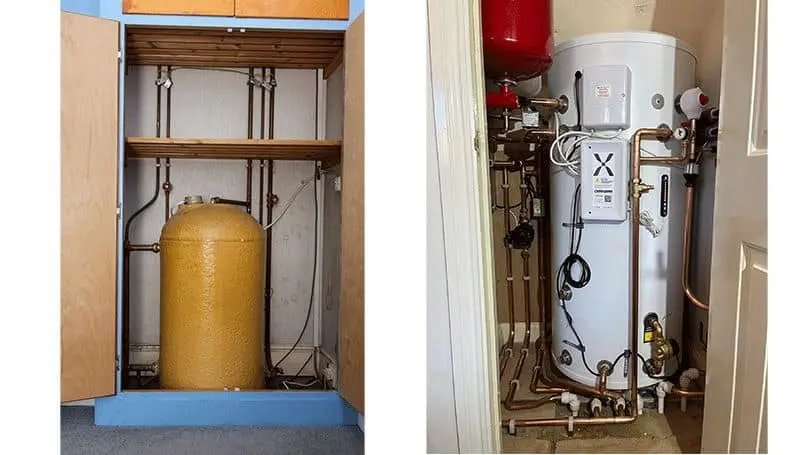When it comes to keeping your home warm and providing hot water on demand, the immersion tank is often overlooked. But what is an immersion tank, and why should you consider it for your heating and hot water needs? Let’s dive into the world of immersion tanks and explore their benefits, functionality, and why they remain a reliable option in 2025.

What Is an Immersion Tank?
An immersion tank, also known as a hot water cylinder, is a large insulated tank designed to store hot water for domestic use. It works by using an electric immersion heater (similar to a kettle element) that heats the water directly within the tank.
Unlike combination boilers that heat water as needed, immersion tanks store heated water, ensuring a steady supply even during peak usage times. They are particularly useful in homes with higher water demand or for properties where a boiler system might not be practical.

How Does an Immersion Tank Work?
An immersion tank is powered by electricity and features an element that heats the water stored inside the tank. Some systems come with two immersion heaters—one at the bottom for heating the entire water supply and one at the top for quickly heating smaller amounts of water.
This setup allows for flexible energy use, especially if paired with off-peak electricity tariffs, such as Economy 7. By heating water overnight when electricity is cheaper, homeowners can save on energy costs while ensuring hot water availability throughout the day.
Why Choose an Immersion Tank?
1. Reliable Backup for Hot Water Needs
If your boiler breaks down, a tank can act as a backup for hot water. This is a lifesaver during emergencies, particularly in the colder months.
2. Energy Efficiency with Off-Peak Tariffs
Using off-peak electricity to heat the tank overnight is a cost-effective way to manage energy expenses.
3. Ideal for Larger Households
With a storage capacity that caters to higher water demands, immersion tanks are perfect for households with multiple bathrooms or frequent hot water usage.
4. Independence from the Boiler
Unlike a traditional boiler system, a tank operates independently of central heating. This makes it a versatile choice for properties without gas connections.

Challenges of Using an Immersion Tank
Of course, no system is perfect. Immersion tanks do come with some downsides:
- Higher Running Costs: Heating water with electricity can be more expensive than gas.
- Limited Hot Water Supply: Once the tank’s hot water is used up, you’ll need to wait for it to reheat.
- Space Requirements: Immersion tanks take up more room compared to a compact combi boiler.
Immersion Tank Maintenance Tips
To ensure your immersion tank operates efficiently, follow these maintenance tips:
- Check the Thermostat: Ensure the thermostat is set between 55°C and 60°C to prevent overheating and bacteria growth.
- Insulate the Tank: Use a lagging jacket to reduce heat loss and improve energy efficiency.
- Regular Servicing: Have the immersion heater inspected periodically to avoid potential issues.

Conclusion: Is an Immersion Tank Right for You?
In 2025, immersion tanks continue to provide a reliable and efficient solution for hot water needs, especially for homes with higher water demands or those without access to gas heating systems. While they may not be the cheapest option, their flexibility, independence, and ability to act as a backup system make them a valuable addition to any home.Whether you’re considering installing one as your main water-heating solution or as a backup to your existing system, an immersion tank can offer peace of mind and consistent performance for years to come.


